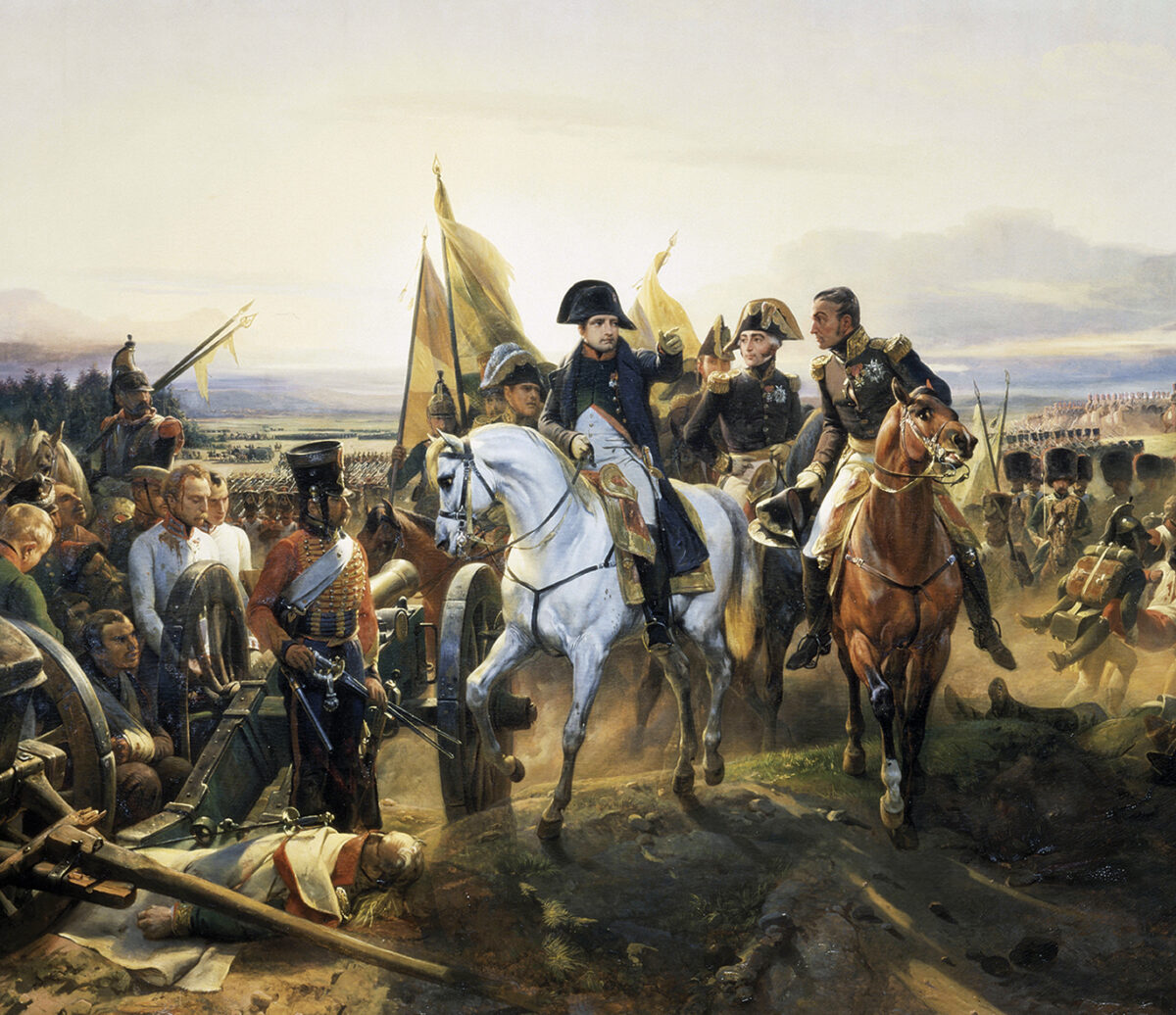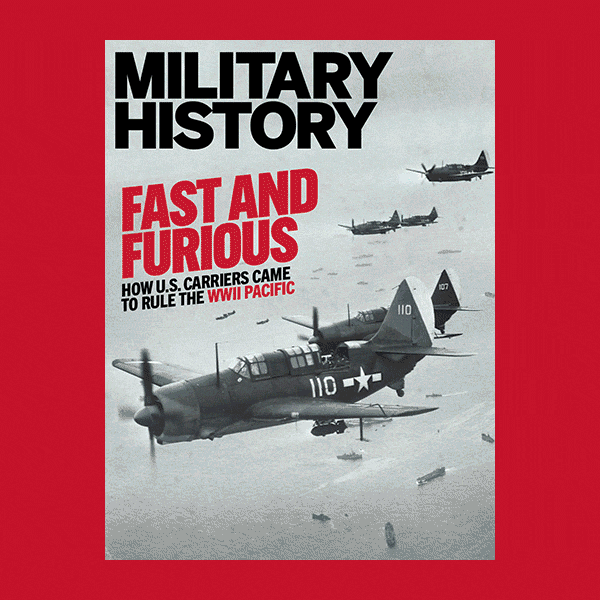The 1806–07 War of the Fourth Coalition, which pitted France against an alliance led by Prussia and Russia, climaxed in the Prussian burg of Friedland (present-day Pravdinsk, Russia). It was there the French field-tested doctrines that would dominate artillery tactics for the next 130 years.
On June 13, 1807, Napoléon sent some 15,000 troops of his reserve corps under Marshal Jean Lannes north to invest the port of Königsberg (present-day Kaliningrad), on the Baltic Coast. Moving to intercept him were 65,000 Russians led by Count Leonty Leontyevich Bennigsen, a German in the Russian service. That night Bennigsen detached 46,000 troops to cross the Alle (Lyna) River on pontoon bridges to engage the small French force at Friedland. Though outnumbered 3-to-1, Lannes managed to hold his position for nine hours.
Just before noon Napoléon arrived with the main body of the Grande Armée. Marshal Michel Ney, commanding the VI Corps and the French right wing, was tasked with securing Friedland and the Alle River bridges in order to cut off the Russians’ escape routes. Around 1 p.m. two dozen guns at Posthenen, behind the center of the French line, signaled the main attack. With that, the French center and left wing advanced slowly, while Ney’s two divisions pressed on to the village of Sortlack, coming under Russian artillery fire from across the river.
At that crucial moment Brig. Gen. Alexandre-Antoine Sénarmont, commanding the artillery of a reserve corps at the center of the French line, obtained permission to move up independently and test his theories on the use of massed artillery. Gathering 20 six-pounders, four 4-pounders and six 5.5-inch howitzers, he divided them into two 15-gun batteries supported by an infantry battalion and four dragoon regiments. He then advanced each battery in turn in 500-yard increments. Approaching to within 60 paces of the enemy, Sénarmont had his guns loaded with canister shot and crushed one infantry attack after another. The distraction enabled Ney to seize Friedland. As the beaten Russians fled back across the pontoon bridges, Sénarmont redirected his guns and destroyed the spans.
Sensing victory, Napoléon ordered his center and left wings to hasten their advance. General Andrey Ivanovich Gorchakov, commanding the opposing Russian center and right, tried to fend them off, but Ney and Lannes soon had his troops pinned against the river, where many drowned or were skewered on French bayonets. Survivors surged across a fortuitously discovered ford on the Alle. Only nightfall and French cavalry General Emmanuel de Grouchy’s unwillingness to pursue them in the dark spared the Russians from annihilation.
As it was, the Russians suffered 20,000 casualties, while French losses totaled 8,000. Among those killed were four of Sénarmont’s officers and 62 of his gunners, but his men alone had accounted for some 4,000 Russians.
Königsberg fell the next day, and a month later Napoléon and Tsar Alexander I signed the Treaty of Tilsit, ending the war.
Lessons:
Know thine enemy. Bennigsen later claimed he’d believed Lannes’ corps was isolated, and he hadn’t expected French reinforcements to march the same distance in 12 hours his own force had taken 24 to cover. Given his previous encounters with Napoléon, he should have known better.
Nothing beats real-world testing. Sénarmont’s innovative use of leapfrogging artillery and concentrated targeting proved decisive. Had he not asked permission, the result may have been different.
Follow through. Though the French all but won the war at Friedland, Grouchy’s reluctance to pursue his fleeing enemy meant the Russians lived to fight another, well, few days.
This story appeared in the Autumn 2023 issue of Military History magazine.
historynet magazines
Our 9 best-selling history titles feature in-depth storytelling and iconic imagery to engage and inform on the people, the wars, and the events that shaped America and the world.







